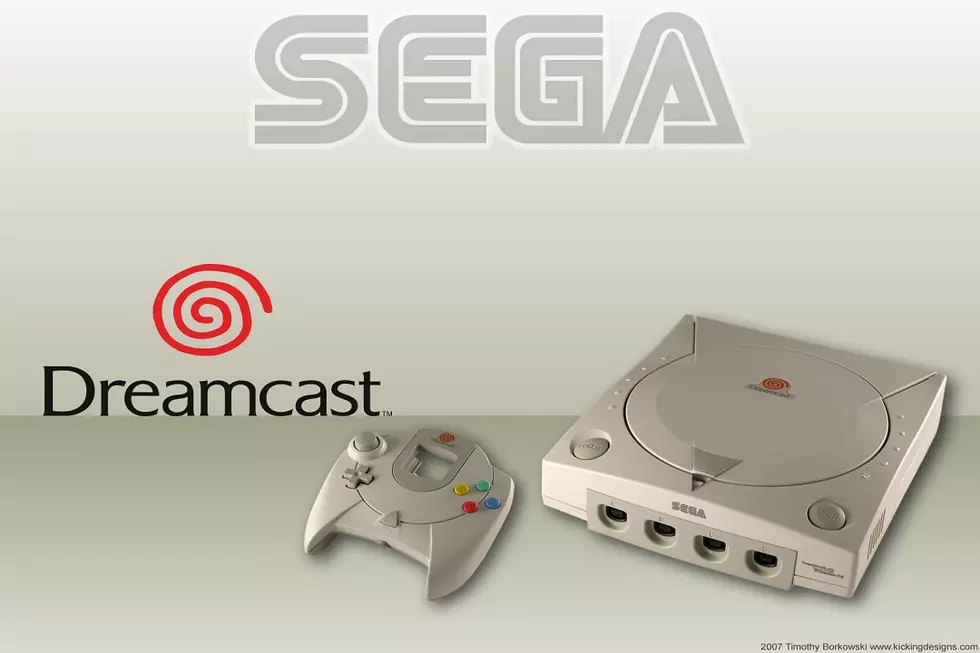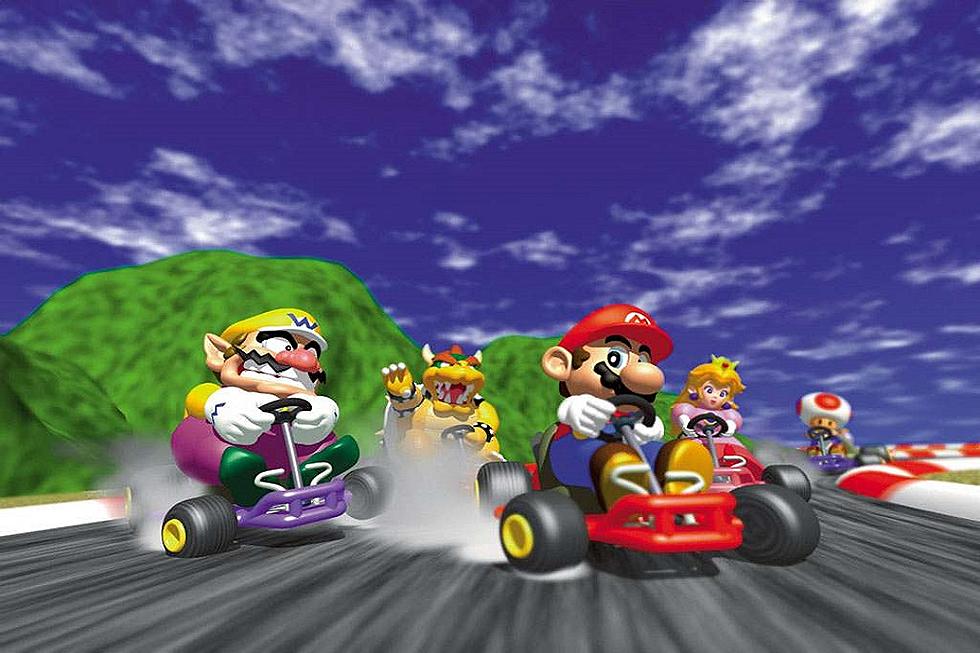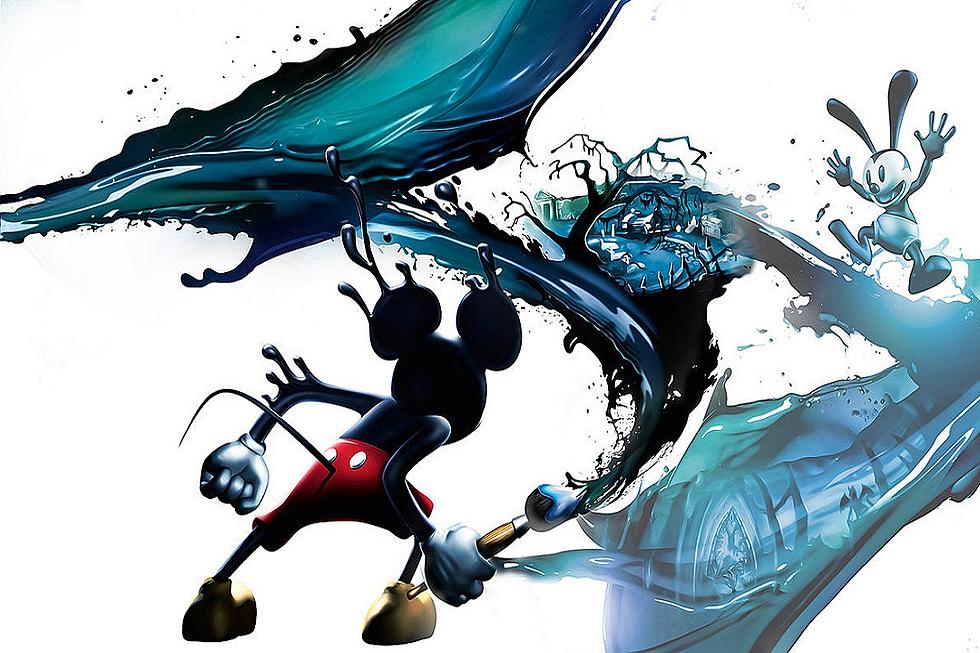
How the Dreamcast’s Release Turned Into a Nightmare
Sometimes the best you’ve got just isn’t enough to erase what’s already been done. There is perhaps no software or hardware company in the world that understands this better than Sega. The company caught fire with the Sega Genesis through the ‘90s and looked set to challenge the mighty Nintendo for its place in the family living room. It wouldn’t continue that way though. Sega would misstep through several following hardware releases, gaining content of both consumers and developers and by the time they arrived at their sixth generation, they were fighting from the bottom up. Today marks the release of North American release of the Sega Dreamcast: a machine that had it all, but couldn’t win out against ill-will of Sega’s past mistakes and the hype behind their largest competitor.
Development of the Dreamcast came hot on the heels of the failure that was the Sega Saturn. The Saturn found issue in the fact that it was far more difficult to develop for than the Sony PlayStation, too expensive to produce, and its release stateside was marred by a surprise release four months early --- well before consumers and retailers were prepared to handle it. It was an absolute commercial failure and it marked a massive change in Sega’s philosophy for how they were going to approach their next system.
It began in 1997 when Shoichiro Irimajiri, the new president of Sega and CEO of Sega of America approached an outside company in IBM to put together the chipsets and motherboard for a new console. Meanwhile, Hideki Sato and a separate team began the task of putting together his own hardware in competition to the IBM hardware. Eventually Sega of Japan would opt for the internally developed hardware with many speculating that it was largely more to do with Japanese design than its superiority to the IBM product. This theory was supported by constant strife over the years in business decisions between Sega of Japan and Sega of America, which had only gotten worse in the aftermath of Sega’s financial failings.
Nonetheless, development of Sega’s new hardware continued. The goal of this product was to go entirely against the mistakes of the Saturn. To this end, the Dreamcast was developed with various cost effective and common components that would not only make it cheaper to produce, but also easier to manufacture. The new console’s was also considered far more streamlined compared to the complex set up of the Saturn. This was set to be a console that would be far easier to handle on both software and hardware ends. Sega of America was even able to make amends with retailers still burned by the previous console release and prep for a strong following in Western markets.
When the Dreamcast finally launched, it was one of the fastest selling consoles to have ever sold, and especially Sega’s most popular early console to date. It would not last though. A series of misfortunes would leave the Dreamcast struggling ever more to be the console Sega needed it to be. Manufacturing malfunctions left Sega unable to supply as many units as it would have liked out of the gate, and when Sega purchased the Sega Sports title developer, Visual Concepts, thereby refusing to grant Electronic Arts exclusivity of sports titles on the console, EA would pull its support entirely from the Dreamcast. Sega had just lost the largest third-party developer on the market.
Not much later, the PlayStation 2 would be announced and Sony launched a fervent ad campaign to hype it up. Sega tried to counter by playing up the fact that the Dreamcast was the first system to offer online play via a Modem port, the first on a console system, and offered online services. This would turn out to be both too little, too late and too far ahead of its time. The market wasn’t there for online gaming yet and Sega couldn’t stop Sony from overshadowing its console with the anticipation that the PlayStation 2 generated. Even when Sony couldn’t meet demand for the PlayStation 2 product, it pushed the first PlayStation slim edition out, effectively sating the audience as they waited for more PS2s to hit the market, rather than buying into the Sega Dreamcast.
The Sega Dreamcast was a magnificent machine in many ways and arguably the superior one on the market for some time after its release. That said, superior technology can only account for so much of the politics that surrounded it. Sega didn’t just need the Dreamcast to win. They needed it to pummel the competition and come out head to toe on top of the competition. Anything less couldn’t be accepted and it wouldn’t be long before Sega finally made the decision to cut its loss, cease support of the Dreamcast and back out of the console market in order for the company to survive. There are a lot of gems in the Dreamcast library and some of its exclusive titles are still well worth having, but regardless of how good it was, the Dreamcast will go down in history as the best console to have ever failed.
More From Arcade Sushi



![What’s Old is New Again with Sonic Mania on Nintendo Switch [Preview]](http://townsquare.media/site/550/files/2017/01/sonic-mania-2.jpg?w=980&q=75)





